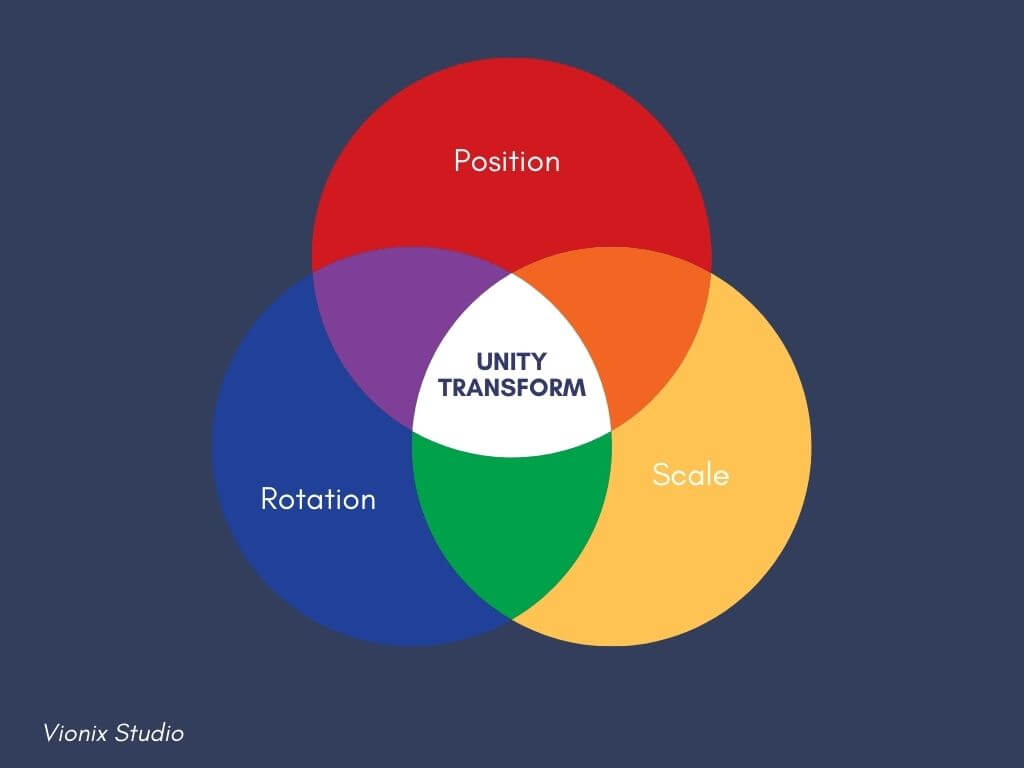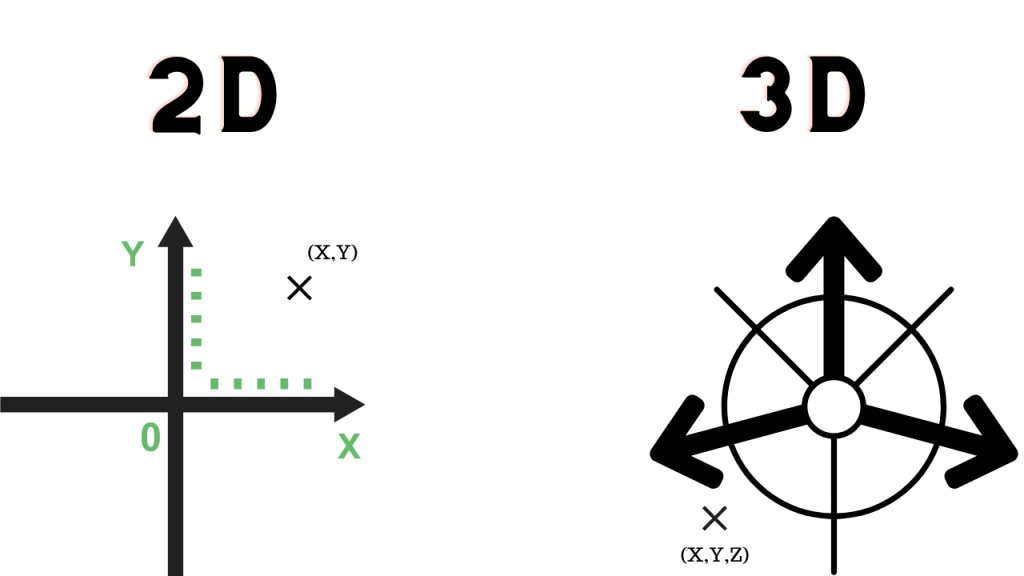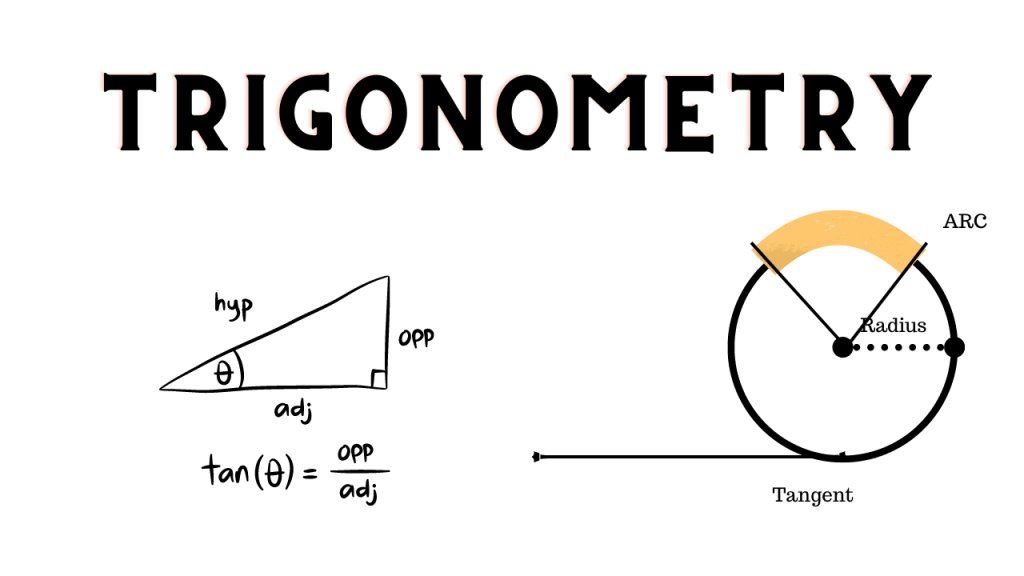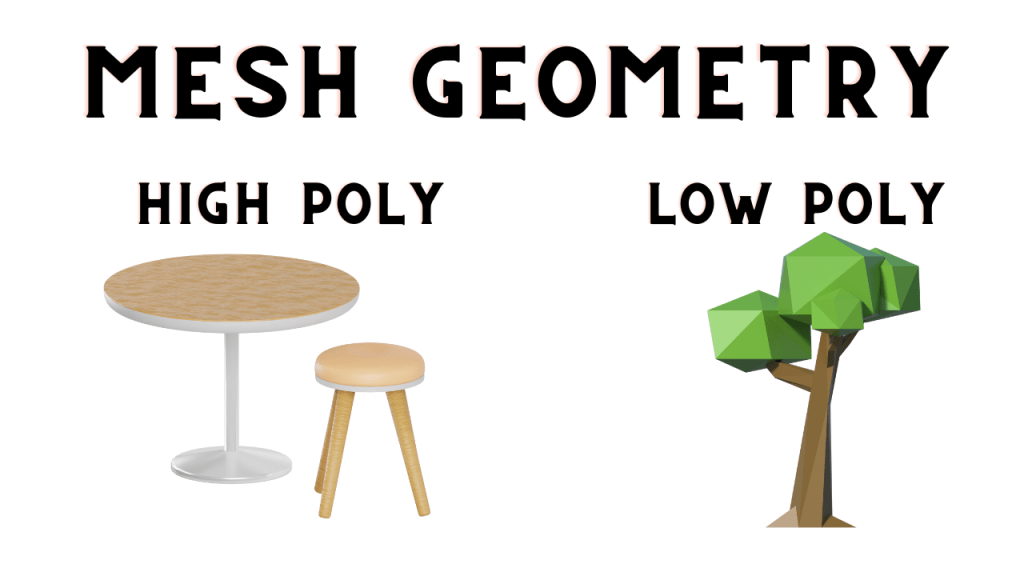Game development is a multi-disciplinary field that requires a combination of skills in programming, design, and mathematics. While programming and design skills are essential for creating a fun and engaging gaming experience, mathematical concepts play a crucial role in building the underlying mechanics that drive a game.
From basic geometry to advanced algorithms, mathematical concepts are used in every aspect of game development, including game physics, collision detection, AI, and much more.
This article will explore the most important math concepts that every aspiring game developer should know and understand, including linear algebra, trigonometry, and geometry. By gaining a deeper understanding of these concepts, game developers will be able to code the game mechanics in a much better way.
Basic Mathematics
As an aspiring game developer, a solid understanding of linear algebra, trigonometry, and geometry is crucial for building the underlying mechanics of your games. However, it is important to first have a firm grasp of basic mathematical operations such as addition, subtraction, multiplication, and division. Without these foundational skills, learning the more advanced mathematical concepts used in game development can be challenging. So, if you are having difficulty with basic math, it’s a good idea to focus on strengthening your foundation before diving into the intricacies of linear algebra, trigonometry, and geometry.
Check out our game Cool Math Race for kids to learn the basic Mathematic operations. The game explains the basic concepts with cars and you can test your skills in a car race.
Linear Algebra
Linear algebra is a branch of mathematics that deals with linear equations and their transformations. In game development, linear algebra is used for a variety of tasks such as transforming 2D and 3D graphics, representing and manipulating 3D objects, and calculating the motion and interactions of objects in a game.
One of the key concepts in linear algebra is matrices, which are arrays of numbers used to represent transformations such as rotation, scaling, and translation. Game developers use matrices to apply these transformations to 3D objects, allowing them to manipulate their position, orientation, and size in a game world.

Another important concept in linear algebra is vectors, which are mathematical objects used to represent points, directions, and velocities in a game. Vectors are used in game physics to calculate the motion and interactions of objects, such as collisions and gravity.
The components of the transform matrix are individual Vectors and Quaternions. You can access them individually. For example
transform.positionThe above code gives the position vector of the transform matrix.

Unity uses Vector 2, Vector 3 and Vector 4 to represent positions in world space and uses Quaternions for rotation. To know more about them read out complete guide on Unity Vector 3 and Unity Quaternion.
Trigonometry
Trigonometry is a branch of mathematics that deals with the relationships between the sides and angles of triangles. It provides a set of tools for understanding and solving problems involving angles, triangles, and circles.
In game development, trigonometry is used in a variety of tasks such as calculating angles, creating circular and spherical movements, and generating realistic animations. For example, game developers use trigonometry to calculate the angles of objects in a game and to create realistic animations of characters and objects moving in circular or spherical paths.
Trigonometry is also used in game physics to calculate the motion and interactions of objects in a game, such as calculating the trajectory of a projectile or the velocity of a Rigidbody object in motion.

One of the key concepts in trigonometry is the unit circle, which is a circle with a radius of one unit and is used as a reference for measuring angles. Another important concept is the six trigonometric functions (sine, cosine, tangent, cosecant, secant, and cotangent), which are used to relate the ratios of the sides of a right triangle to the angles.
Geometry
Geometry is a branch of mathematics that deals with the study of shapes, sizes, and positions of objects in space. In game development, geometry is used in a variety of tasks such as creating 3D models, calculating collisions and interactions, and generating environments.
One of the key concepts in geometry is spatial awareness, which is the ability to understand and manipulate objects in a 3D environment. Game developers use geometry to create 3D models of objects and environments and to calculate their position and orientation in the game world. You cannot move an object with Geometry.
Another important concept in geometry is polygonal meshes, which are collections of polygonal shapes used to represent 3D objects and environments. Game developers use polygonal meshes to represent objects such as characters, buildings, and landscapes in a game.

Geometry is also used in game physics to calculate the collisions and interactions between objects in a game, such as determining when two objects intersect or the distance between two objects.
In conclusion, mathematics plays a critical role in game development and is used in every aspect of game creation, from visual design to underlying mechanics. By gaining a deeper understanding of these mathematical concepts, game developers can create more sophisticated games that are both visually appealing and highly functional. Whether you’re an experienced developer or just starting out, mastering the mathematics behind game development can help you take your skills to the next level and create truly engaging and memorable gaming experiences.

